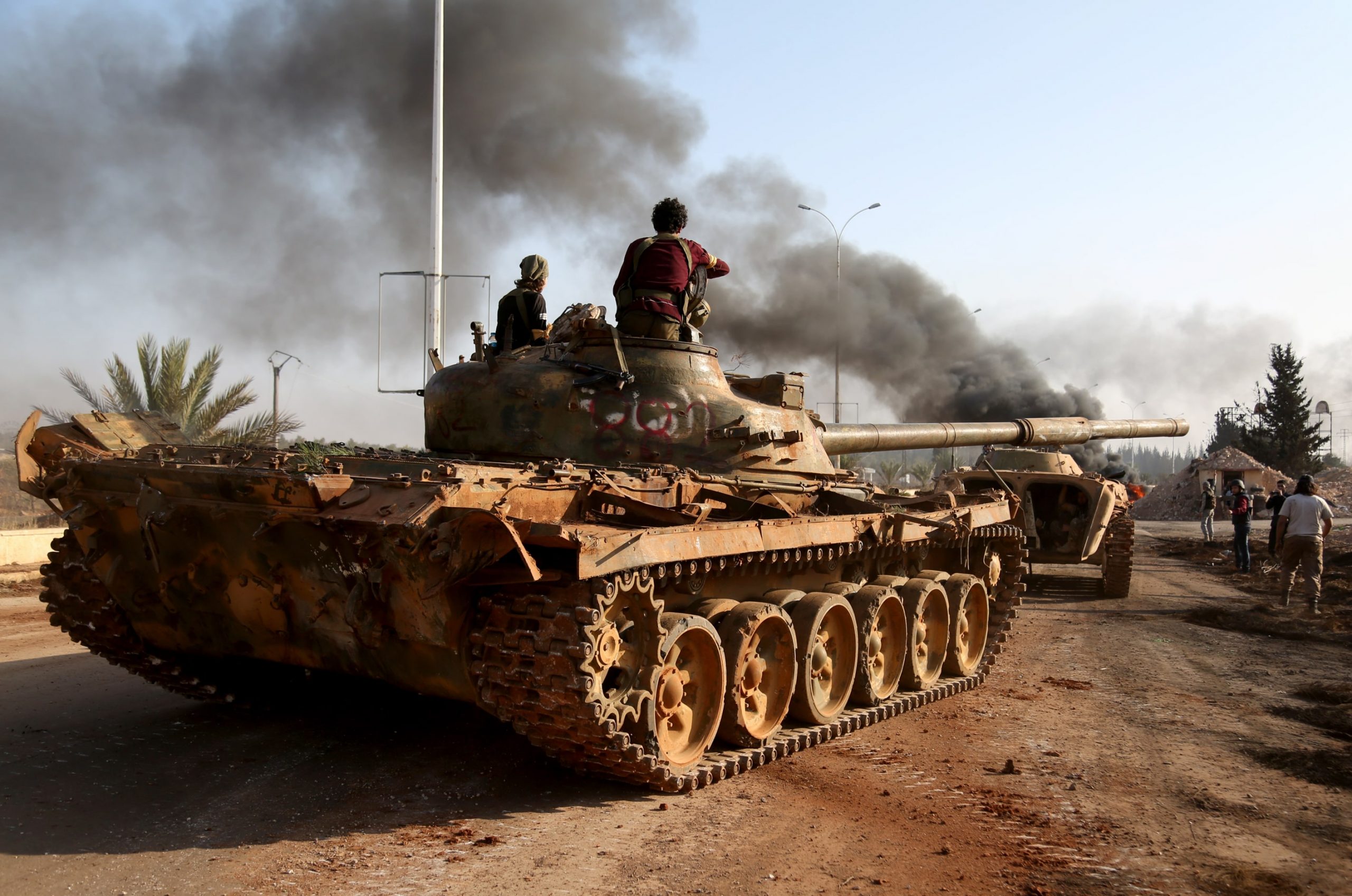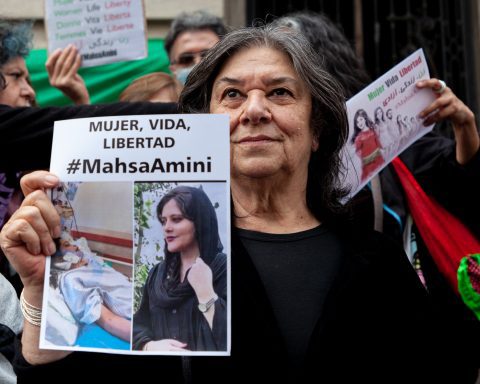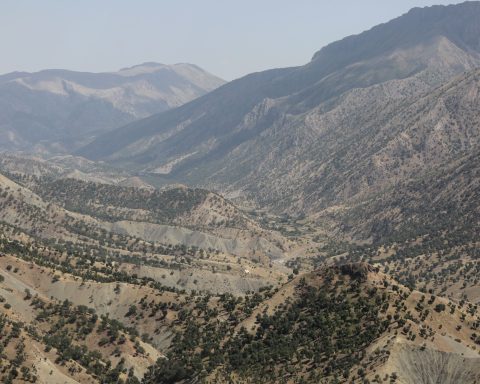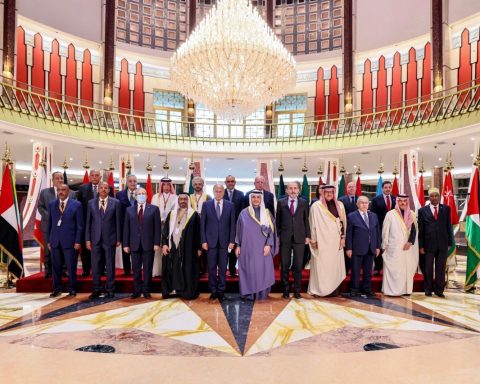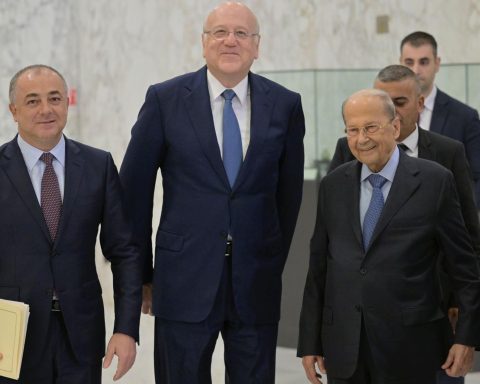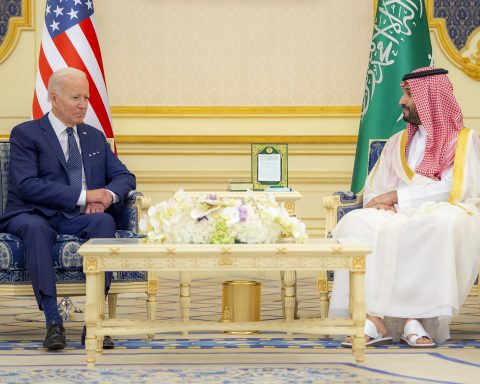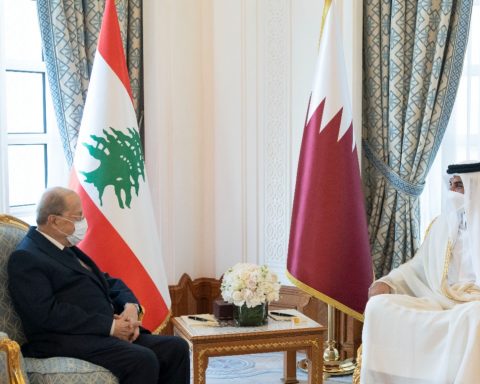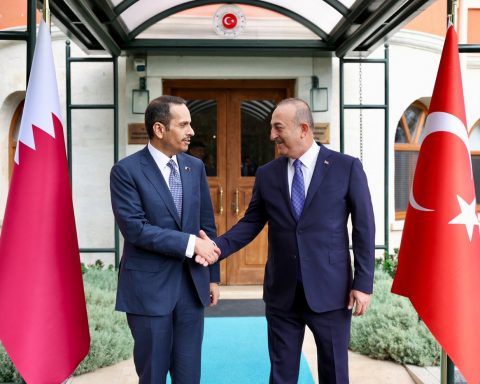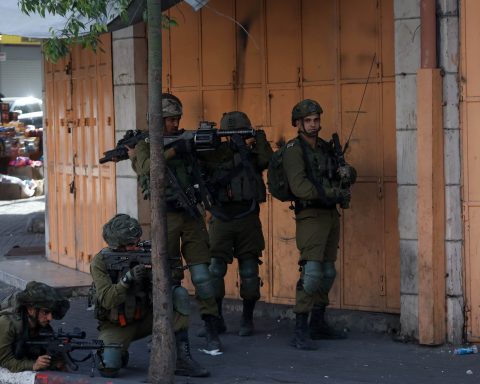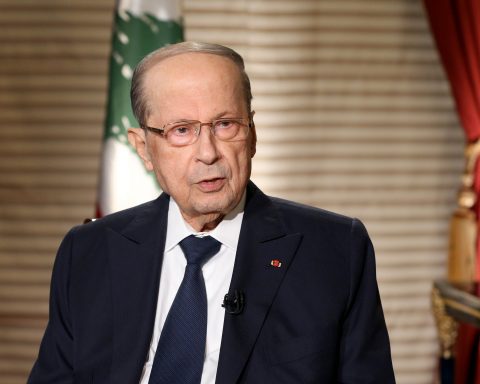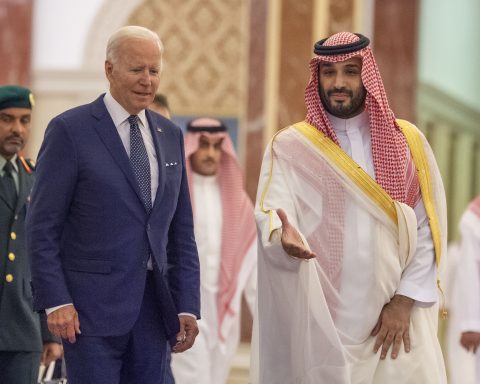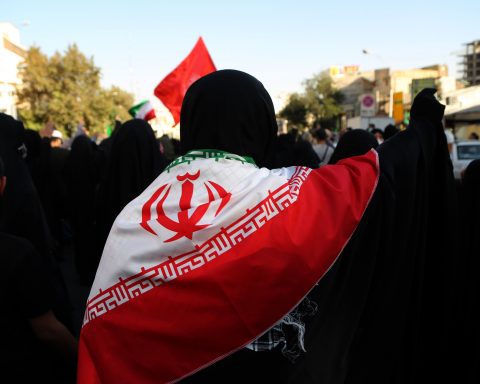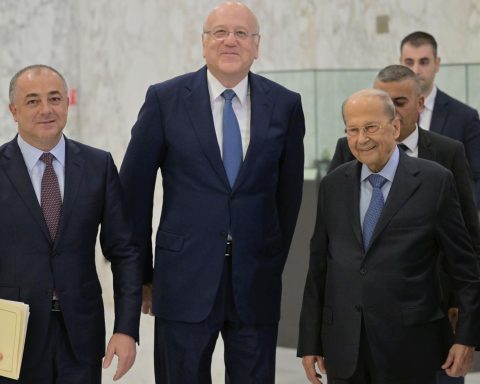The multi-fronted and lengthy civil war in Syria initially disintegrated the army of the Assad regime over the years and then rendered it functionally incompetent. For this reason, during this process, firstly Hezbollah, then other Iranian-backed militia elements and the field support of Iranian military elements, came to the aid of Damascus. Despite Tehran’s support in 2015, the loss of Idlib to the Syrian opposition as a result of military inadequacies opened the door to Russian intervention in Syria. After Russia’s intervention, the military balance on the field changed in favor of the Assad regime. However, the fact that Russia filled the field as a dominant actor led to a noticeable increase in the competition between the parties within the regime front itself. With the 5th Corps unit, which Moscow built from scratch with its own means, it had a new and functional unit within the ranks of the Assad regime.
The balancing role and operational grounds of the 4th Armored Division
Despite Moscow’s increasing influence on security units, the answers to the Damascus-Tehran line came from two angles. While Iran accelerated the rooting process of the militias it brought to the region from the outside, it also strengthened its extensions in the field by increasing the number of local militias it recruited. The response of the Damascus-Tehran bloc from within the army came through the 4th Armored Division, which was under the control of Bashar al-Assad’s brother Maher al-Assad. The 4th Armored Division, which is among the most equipped elements of the Assad regime since the mid-1980s and has undertaken the duty of the regime’s security in the capital Damascus, expanded its area of operation in the face of expanding Russian influence. The unit, which is the chief implementer of the brutal siege strategy pursued against opposition regions, especially Ghouta, which is effective in Damascus and its countryside, is also held responsible for the chemical attack that took place in 2013, based on various allegations.
The 4th Armored Division, which is one of the most important units of the regime, was at the forefront of operations against opposition forces in Daraa, Idlib and Homs outside the capital. After the intervention of Russia, it carried out harassment and attacks against the integrity of the reconciliation and ceasefire processes led by Russia in Idlib and Daraa. Also, it is one of the main actors of the process that constantly clashed with the old opposition elements that reached a compromise with the regime through Moscow. The 4th Armored Division, which has turned Daraa into a center of conflict and assassinations this year by being a party to intense conflicts observed, is also the element that broke the ceasefire in Idlib. The fact that dozens of the elements of the 4th Armored Division were neutralized by the Turkish Armed Forces (TAF) in March 2020 in intense air and ground attacks targeting regime elements, shows that the forces affiliated with the unit are active together in the line of fire with Iranian-backed militias in the region.
The 4th Armored Division had a wide range of action in southern Syria, especially with its activities during the siege of Daraa al-Balad in the center of Daraa from the summer of 2021 and during the operations against ISIS/Daesh in As-Suwayda. The 4th Armored Division, which acts in coordination with the Iranian-backed militias and the regime-affiliated National Defense Forces in these regions close to the Israeli border, both provokes Tel Aviv’s Iran-backed militia shortage and balances Russia’s extensions in the region. This balancing function in the bilateral sense is not limited to southern Syria.
While the 4th Armored Division, together with the Iranian-backed militias, was at the forefront of the conflicts against ISIS/Daesh in and around the desert region of central Syria, according to the data of researcher Gregory Waters, the division recorded losses in the Savera oil field and the Tebni, Qaryatayn, Kabajeb, Mayadin, Shoula, Sukhnah, Kawm and Resafa regions as a result of ambushes and raids. While the mission of clearing the desert region from ISIS/Daesh elements has become one of the areas of competition between pro-Russian forces and pro-Iranian forces, the 4th Armored Division has also shown itself to be on the side of the Iranian-backed forces in this competition. In addition, the 4th Armored Division, which controls the regime forces in the region in Deir ez-Zor in the east and works in coordination with the Iranian-backed militias, directly contributes to the region being a safe harbor for Iranian-backed militias, thus making it undesirable for both Israel and the United States. Considering that Israel and the US have targeted these elements in the Deir ez-Zor region during attacks targeting Iranian-backed militias in 2021, it will not be surprising to see the 4th Armored Division is the target of similar airstrikes in the future.
The 4th Armored Division in regime-controlled areas
Aside from being a combat force against the Syrian opposition and ISIS/Daesh elements, the task definition of the unit, which is also active in regime-controlled regions, differs in these areas. The 4th Armored Division, which has become an important actor in the logistics and intelligence network in these regions by dominating many checkpoints, has also become a power center on a local basis through the administration of military lodgings. According to Ayman al-Dassouky, the 4th Armored Division, which is responsible for the security and administration of military lodgings, has a great influence on both the security forces and the capital owners who will participate in housing activities in the region. The division uses the power it has gained in these areas to intervene in the election and appointment of local-level administrators in the said regions and establishes a solid dominance area for itself.
It ensured that the unit under the command of Maher al-Assad, which had to financially support the political power he built with his military power, was active in creating illegal resources in the dominated areas. Elements of the 4th Armored Division have been the perpetrator and organizer of many crimes, such as bribery, forced detention and ransom, forced confiscation of refugees’ property for free or at low prices, hoarding and the black market, and fuel and cigarette smuggling. According to reports, the 4th Armored Division is one of the important actors that played a role in drug shipment that spread to the region, which has become one of the agendas on Syria for the international public in 2021. In the report titled “Captagon, Hashish and the Syrian Narco-State” published by COAR, it is stated that some of the drugs produced in Syria and distributed in the region are produced in factories under the protection of the 4th Armored Division, and that the supply chain is healthy except for the 4th Armored Division’s duty to protect this facility. The unit, which works in coordination with Hezbollah and other Iranian-backed militias in production and transportation, contributes to the return of a serious illegal economy by supplying large amounts of drugs to the region via Jordan and Latakia Port.
In the final analysis, the 4th Armored Division, which is one of the two groups of the disintegrated and devastated elements of the Assad regime that survived and strengthened with external support, had the function to meet some of the regime’s need for self-protection. However, for the regime, which cannot maintain its authority without the direct and indirect support of Russia and Iran via militia structures, the capacity of the 4th Armored Division is in line with the balancing role it plays in the region. As a requirement of this role, the Russian extension acts together with the Iranian-backed elements, especially Hezbollah, in the process of balancing the 5th Corps on the field and creating illegal financial resources. This, on the other hand, means that Iran’s influence in the field continues to exist without losing its power, and that its influence on the Assad family, which is the heart of the regime, has strengthened.
Russia’s dissatisfaction with this situation, which is in competition with Iran in Syria, overlaps with Israel’s security concerns. Israel targets Iranian elements in Syria without being exposed to any Russian threat or obstruction. This whole process has not yet caused the 4th Armored Division to be directly targeted by foreign intervention. However, both increasing Iranian presence in the region, supported by the 4th Armored Division, and the Syria-based drug economy, which is being talked about day by day, may lead to the direct targeting of Maher al-Assad’s troops in the medium term. Such a scenario could create opportunities both for opposition groups on the ground and for Moscow, which wants to infiltrate more into the regime.
This article was originally published in Turkish in the December 2021 edition of the Middle East Analysis magazine.

